Are Digital Cameras Better Than Phone Cameras ?
Digital cameras and phone cameras each have their own advantages and disadvantages. Digital cameras generally offer higher image quality, more advanced features, and greater control over settings such as aperture, shutter speed, and ISO. They also often have larger sensors, which can result in better low-light performance and more detailed images. Additionally, digital cameras typically have interchangeable lenses, allowing for a wider range of creative possibilities.
On the other hand, phone cameras are incredibly convenient and always accessible since most people carry their phones with them at all times. Phone cameras have improved significantly over the years and can produce impressive results, especially in well-lit conditions. They also offer features like built-in image editing and instant sharing capabilities.
Ultimately, the choice between a digital camera and a phone camera depends on individual needs and preferences. If image quality and creative control are top priorities, a digital camera may be the better option. However, for everyday snapshots and casual photography, phone cameras can be more than sufficient.
1、 Image quality: Digital cameras offer superior image quality compared to phone cameras.
Image quality: Digital cameras offer superior image quality compared to phone cameras. This is primarily due to the larger image sensors found in digital cameras. These sensors are capable of capturing more light, resulting in sharper and more detailed images. Additionally, digital cameras often have higher megapixel counts, allowing for larger and more detailed prints.
Optical zoom: Digital cameras typically come with optical zoom lenses, which allow users to zoom in on a subject without sacrificing image quality. On the other hand, phone cameras usually rely on digital zoom, which simply enlarges the image digitally, resulting in a loss of quality. Optical zoom is particularly useful for capturing distant subjects or for macro photography.
Manual controls: Digital cameras offer a wide range of manual controls, allowing photographers to have more creative control over their images. These controls include settings for aperture, shutter speed, ISO, and white balance, among others. Phone cameras, while they may offer some manual controls, are generally more limited in this regard.
Versatility: Digital cameras come in a variety of shapes and sizes, catering to different photography needs. There are compact point-and-shoot cameras for casual users, mirrorless cameras for enthusiasts, and DSLRs for professionals. This versatility allows photographers to choose a camera that best suits their specific requirements. Phone cameras, on the other hand, are limited by their fixed lens and small form factor.
However, it is worth noting that phone cameras have made significant advancements in recent years. The latest flagship smartphones now come equipped with multiple lenses, computational photography features, and advanced image processing algorithms. These advancements have narrowed the gap between phone cameras and digital cameras in terms of image quality and functionality.
In conclusion, while phone cameras have improved significantly, digital cameras still offer superior image quality, optical zoom capabilities, manual controls, and versatility. For professional photographers or enthusiasts who prioritize image quality and creative control, digital cameras remain the preferred choice. However, for casual users or those who prioritize convenience and portability, phone cameras can still deliver impressive results.
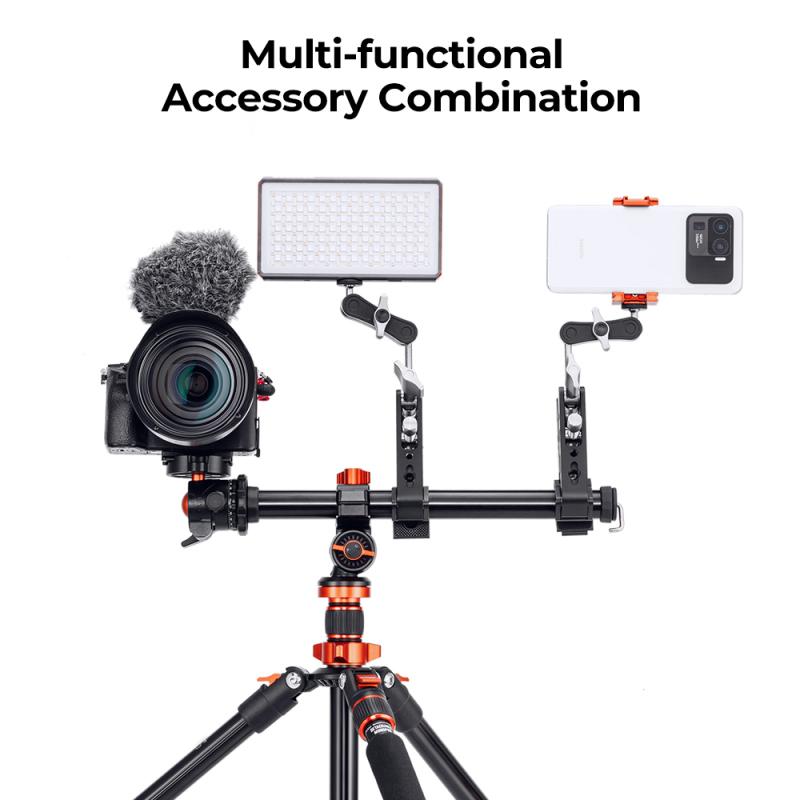
2、 Manual controls: Digital cameras provide more advanced manual control options.
Manual controls: Digital cameras provide more advanced manual control options. While phone cameras have improved significantly over the years, they still lack the extensive manual control options that digital cameras offer. Digital cameras allow photographers to adjust settings such as aperture, shutter speed, ISO, and white balance, giving them more creative control over their images. This is particularly important for professional photographers or enthusiasts who want to have full control over their shots.
Image quality: Digital cameras generally offer better image quality compared to phone cameras. They have larger sensors, which allow for better light capture and produce images with more detail, less noise, and better dynamic range. Additionally, digital cameras often have better lenses, which further enhance image quality.
Zoom capabilities: Digital cameras typically have better zoom capabilities than phone cameras. They offer optical zoom, which physically adjusts the lens to magnify the subject, resulting in higher quality images. Phone cameras, on the other hand, mostly rely on digital zoom, which simply enlarges the image digitally, resulting in a loss of quality.
Versatility: Digital cameras offer a wide range of lenses and accessories, allowing photographers to adapt to different shooting situations. Whether it's a wide-angle lens for landscapes, a telephoto lens for wildlife photography, or a macro lens for close-up shots, digital cameras provide more versatility in terms of lens options. Phone cameras, while improving in this aspect, still have limited lens options.
Battery life: Digital cameras generally have better battery life compared to phones. This is because digital cameras are designed solely for photography, while phones have to handle various other tasks, such as calls, messaging, and running multiple apps simultaneously. This means that photographers can shoot for longer periods without worrying about their camera running out of battery.
In conclusion, while phone cameras have come a long way and are convenient for everyday photography, digital cameras still offer several advantages. They provide more advanced manual control options, better image quality, superior zoom capabilities, greater versatility in terms of lenses, and longer battery life. However, it's important to note that phone cameras continue to improve rapidly, and for casual photographers or those who prioritize convenience, they may be sufficient. Ultimately, the choice between a digital camera and a phone camera depends on the individual's needs, preferences, and level of photography expertise.

3、 Optical zoom: Digital cameras typically have better optical zoom capabilities.
Are digital cameras better than phone cameras? Well, it depends on what you're looking for in a camera. While phone cameras have come a long way in terms of quality and convenience, digital cameras still have some advantages that make them a preferred choice for many photographers.
One of the key advantages of digital cameras over phone cameras is their optical zoom capabilities. Digital cameras typically have better optical zoom capabilities, allowing you to zoom in on a subject without sacrificing image quality. This is because digital cameras have physical lenses that can move to adjust the focal length, whereas phone cameras rely on digital zoom, which simply enlarges the pixels and can result in a loss of detail.
Another advantage of digital cameras is their larger image sensors. Larger sensors allow for better low-light performance and greater dynamic range, resulting in sharper and more detailed images. Phone cameras, on the other hand, have smaller sensors due to space constraints, which can lead to more noise and less detail in low-light conditions.
Furthermore, digital cameras offer more manual control options, allowing photographers to have greater control over settings such as aperture, shutter speed, and ISO. This level of control is essential for professional photographers who want to have full creative control over their images.
However, it's important to note that phone cameras have made significant advancements in recent years. Many flagship smartphones now boast impressive camera systems with multiple lenses, computational photography features, and advanced image processing algorithms. For casual photographers or those who prioritize convenience, phone cameras can often be more than sufficient.
In conclusion, while phone cameras have improved greatly, digital cameras still offer advantages in terms of optical zoom capabilities, larger image sensors, and manual control options. Ultimately, the choice between a digital camera and a phone camera depends on your specific needs and preferences as a photographer.
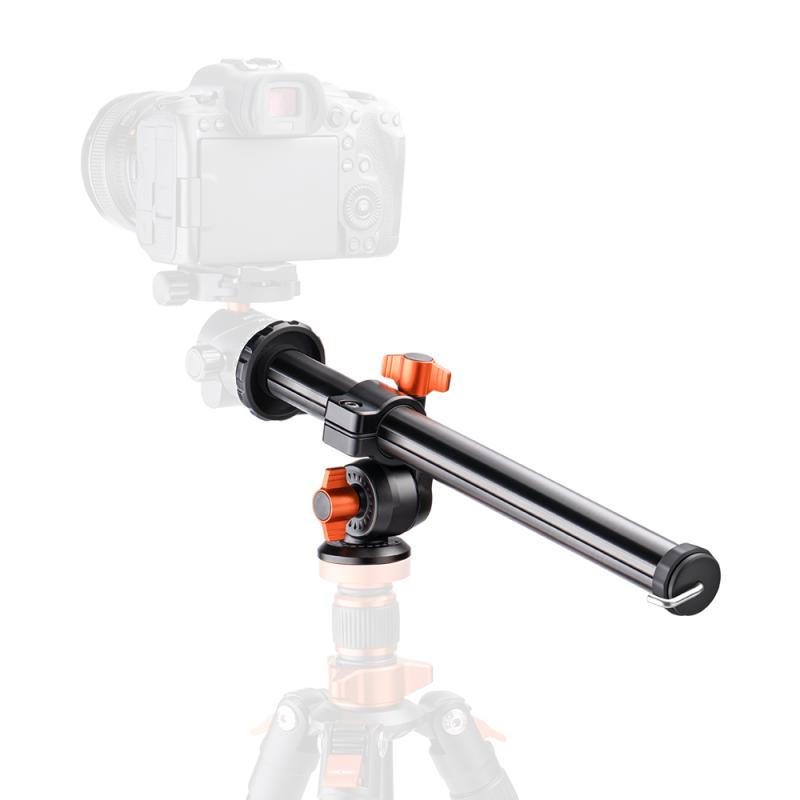
4、 Low-light performance: Digital cameras generally perform better in low-light conditions.
Low-light performance: Digital cameras generally perform better in low-light conditions. While phone cameras have made significant advancements in recent years, digital cameras still have the edge when it comes to capturing high-quality images in low-light situations. This is primarily due to the larger image sensors found in digital cameras, which allow for more light to be captured and result in less noise and better image quality.
The larger sensors in digital cameras also enable them to have larger pixels, which further enhances their low-light performance. These larger pixels can gather more light, resulting in better image quality and reduced noise. Additionally, digital cameras often have wider aperture lenses, allowing more light to enter the camera and improving low-light performance even further.
Another advantage of digital cameras in low-light conditions is the ability to use manual controls. Many digital cameras offer manual settings such as ISO, shutter speed, and aperture, which allow photographers to have more control over the exposure. This flexibility is particularly useful in low-light situations where the camera's automatic settings may struggle to produce optimal results.
However, it is important to note that phone cameras have made significant strides in low-light performance in recent years. Manufacturers have introduced features like Night Mode, which uses computational photography techniques to capture multiple images and combine them to create a well-exposed and noise-free photo. This has narrowed the gap between digital cameras and phone cameras in terms of low-light performance.
In conclusion, while phone cameras have improved their low-light performance, digital cameras still generally outperform them in this aspect. The larger image sensors, larger pixels, wider aperture lenses, and manual controls found in digital cameras contribute to their superior low-light capabilities. However, it is worth noting that phone cameras have made impressive advancements and are now capable of capturing impressive images in challenging lighting conditions.
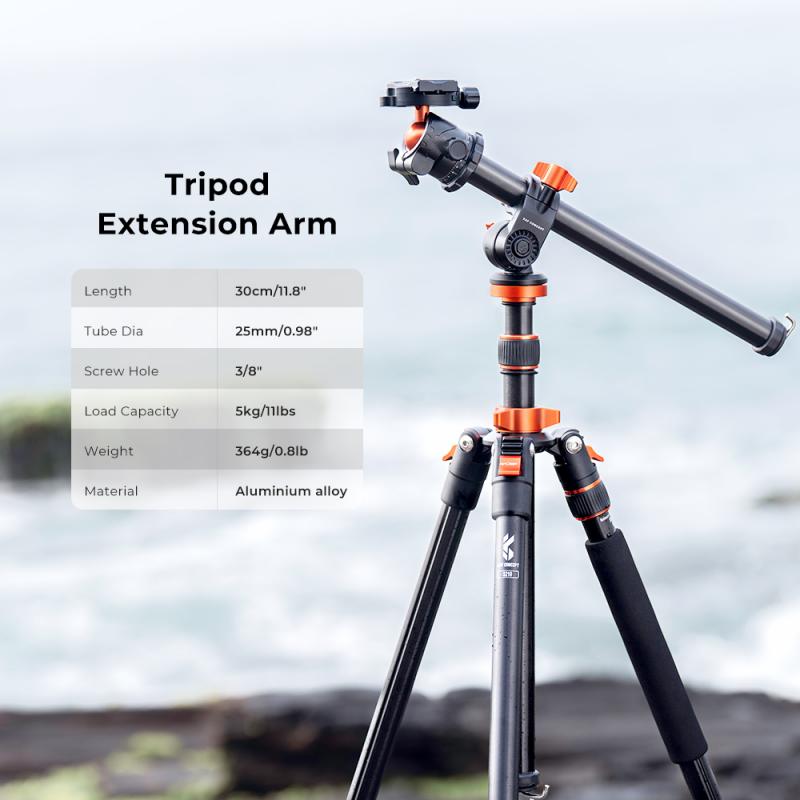

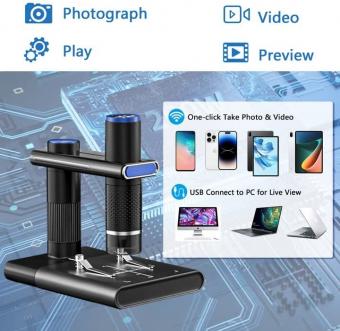



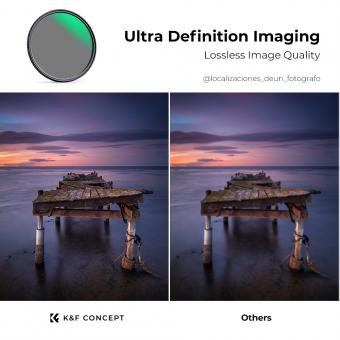



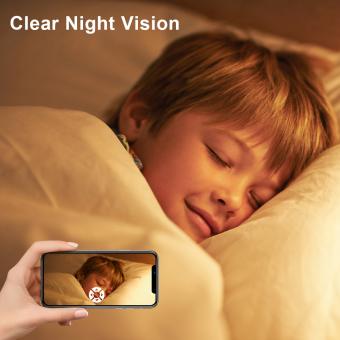
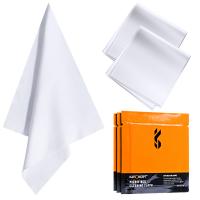
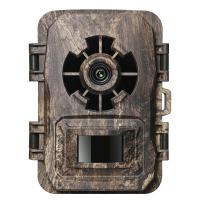
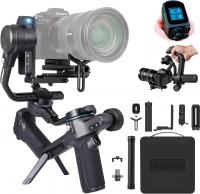
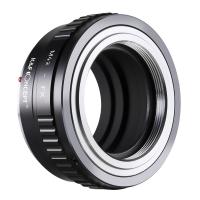
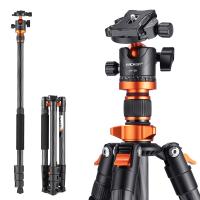



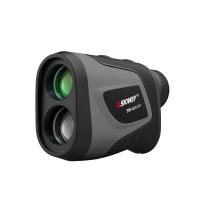

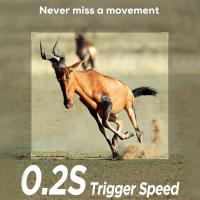
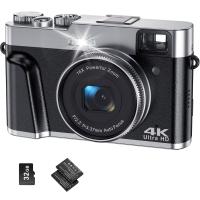
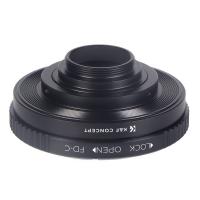

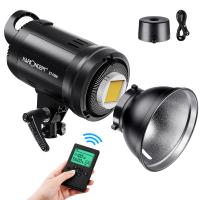
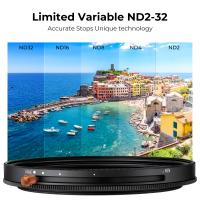
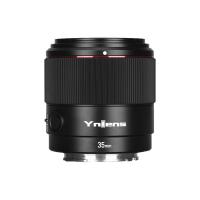
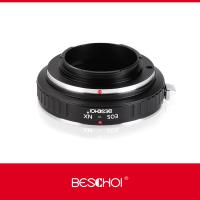
There are no comments for this blog.